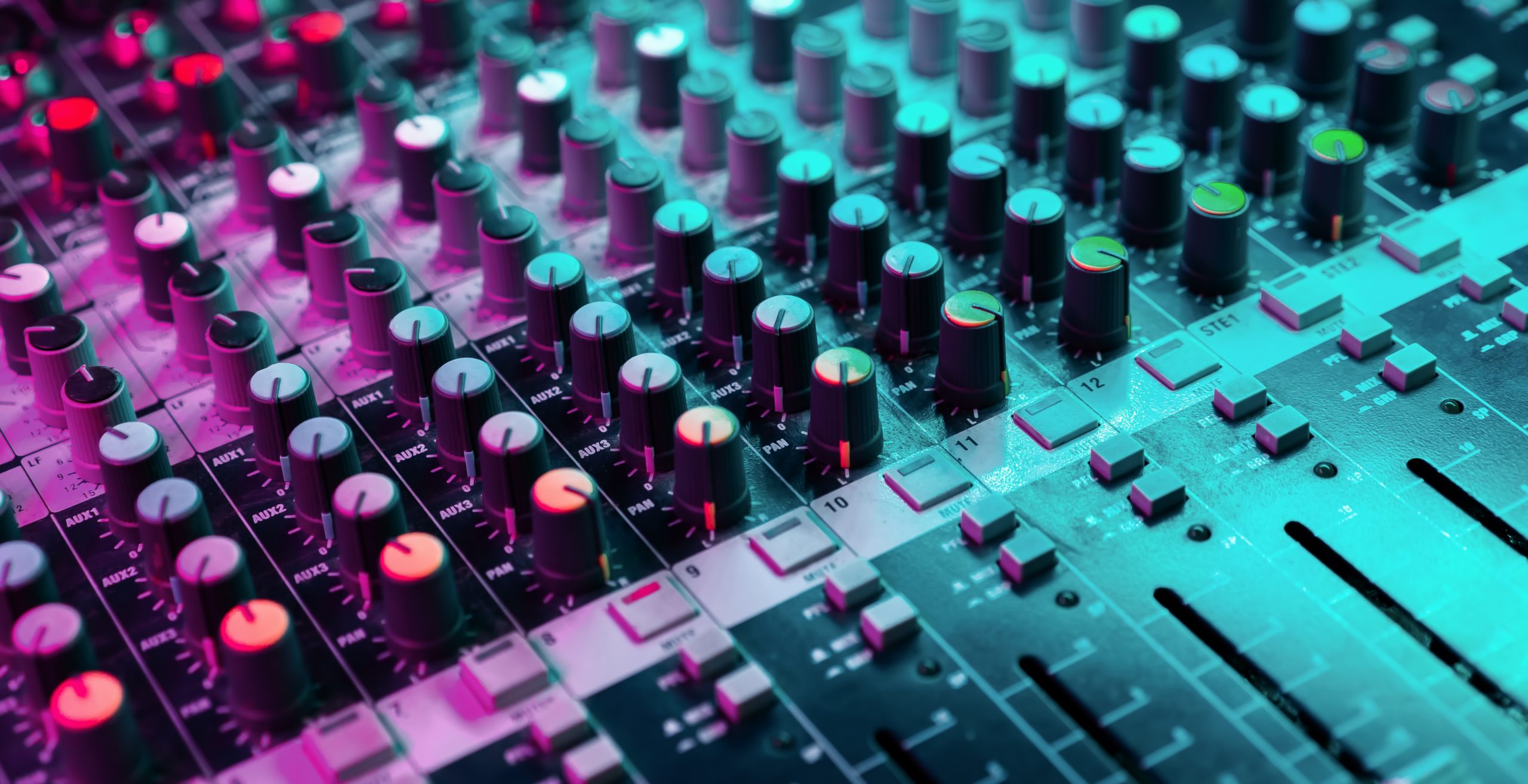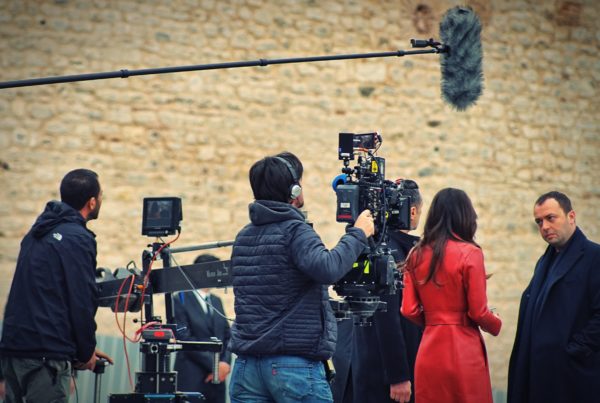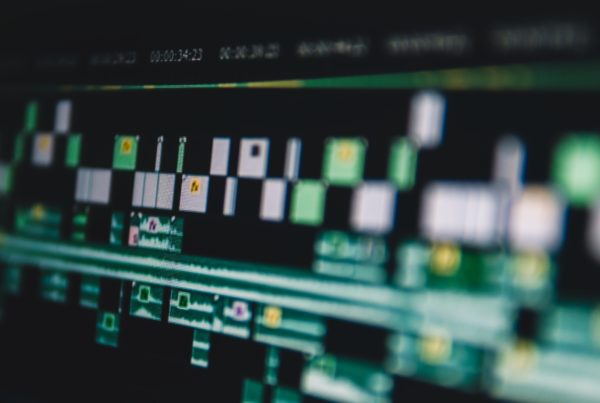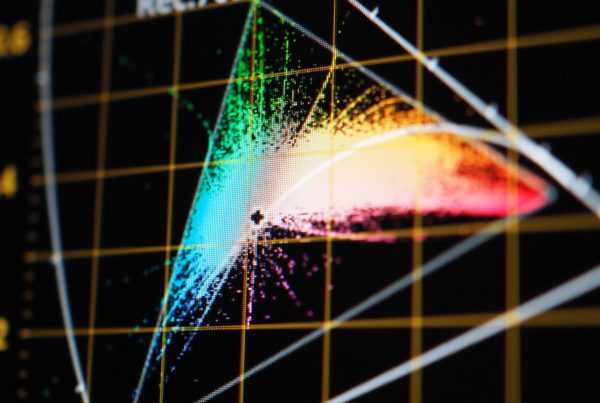Sound mixing in video production is the process of balancing and adjusting various audio elements in a video. This includes dialogue, background noise, sound effects, and music. The goal is to create a harmonious and immersive soundscape that enhances the video’s narrative and aesthetic.
The process of sound mixing begins after all the audio elements have been recorded or collected. A sound mixer, also known as an audio engineer, uses specialized software to manipulate these elements. They adjust volume levels, equalization, and other audio parameters to ensure each sound is clear and blends well with others.
Dialogue is often the most prominent sound element in a video. The sound mixer ensures it’s audible and clear, standing out from the background noise but not overpowering the other sounds. They may also apply effects like reverb or echo to dialogue to match the scene’s setting.
Background noise and sound effects need careful balancing. They should be audible enough to add realism and depth to the scene, but not so loud that they distract from the dialogue. The sound mixer also ensures these sounds align perfectly with the on-screen action.
Music is another crucial element in a video’s soundscape. The sound mixer adjusts its volume and tone to match the scene’s mood and pace. They ensure the music complements the dialogue and sound effects, enhancing the video’s emotional impact without causing distraction.
Sound mixing also involves creating a stereo or surround sound mix. This process determines how the sounds are distributed across different speakers in a sound system. It can create a sense of direction and space, making the viewer feel immersed in the video’s world.
In conclusion, sound mixing is a critical step in video production. It shapes the video’s auditory experience, adding depth, emotion, and realism. A well-mixed sound can significantly enhance a video’s quality and impact, making it more engaging and enjoyable for the viewer.









